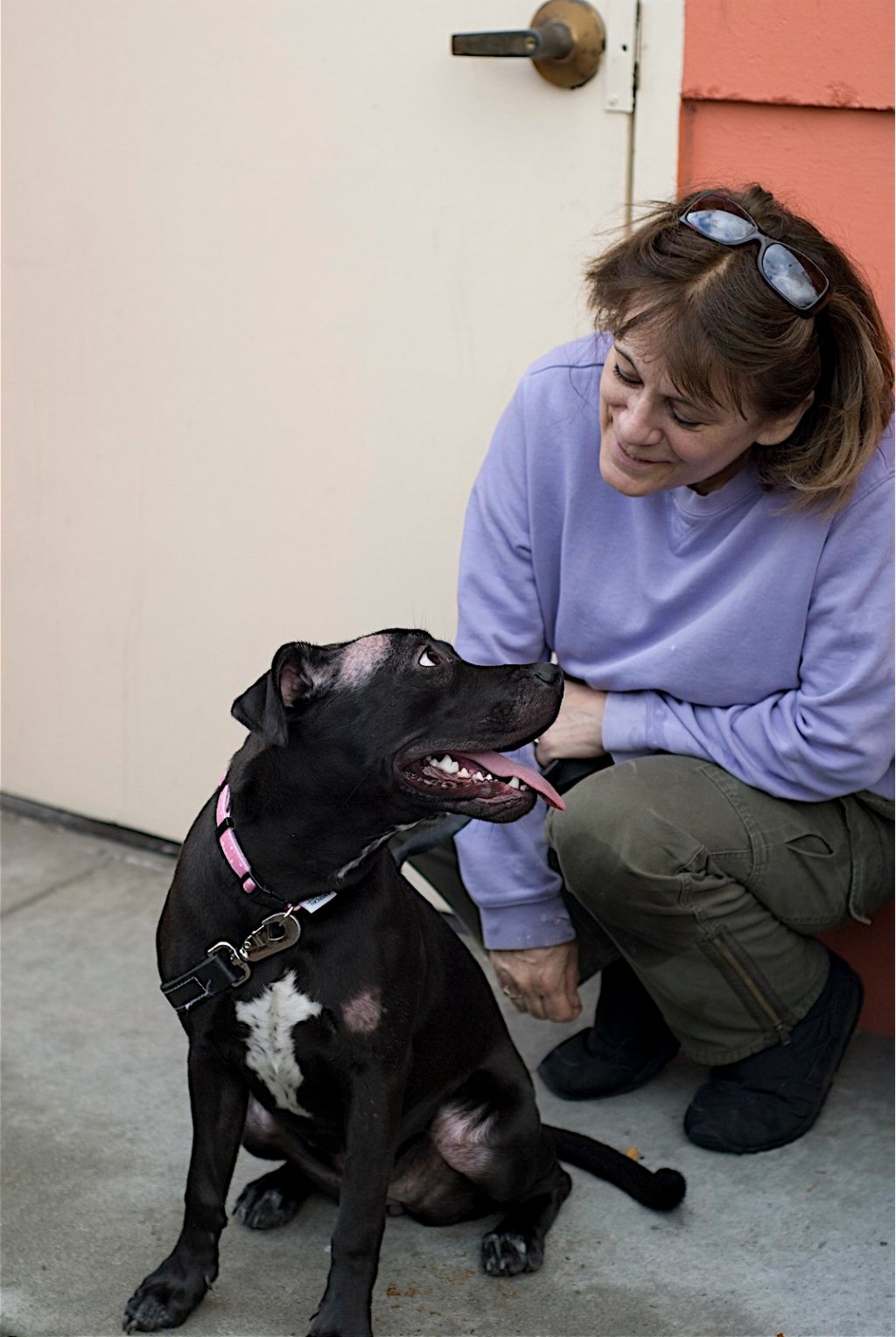The issue is huge in shelters. It is an issue that splits the animal welfare community into bitter, angry factions. For those of us who spend our days working in open admissions shelters where animals are euthanized, the issue becomes deeply personal. When dogs with whom we’ve spent time, whom we’ve grown to love, for whom we take great pleasure in making a special

People often joke that dogs have owners while cats have staff, and for the most part, that feels accurate. Felines…








